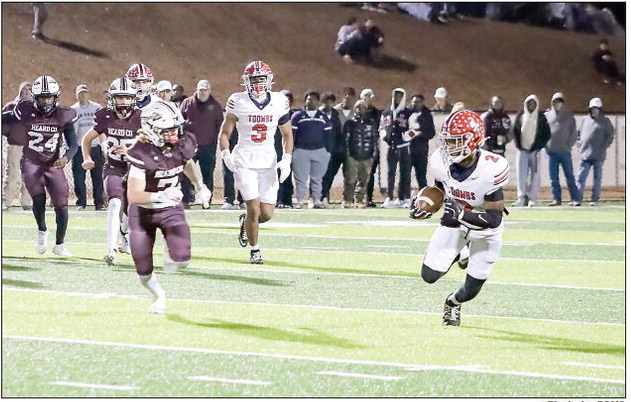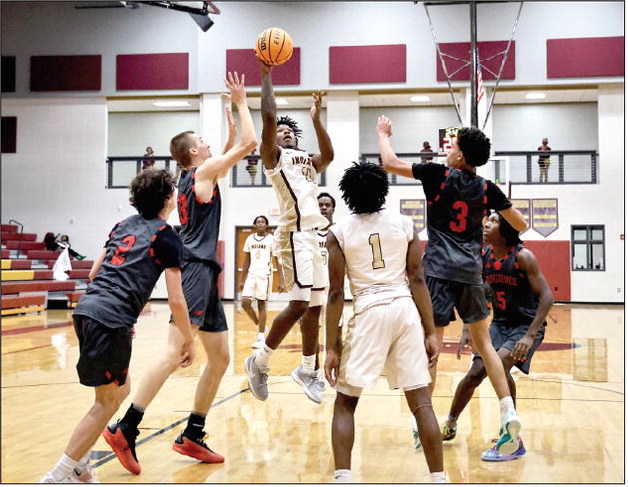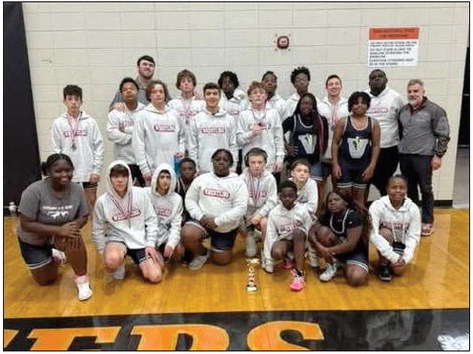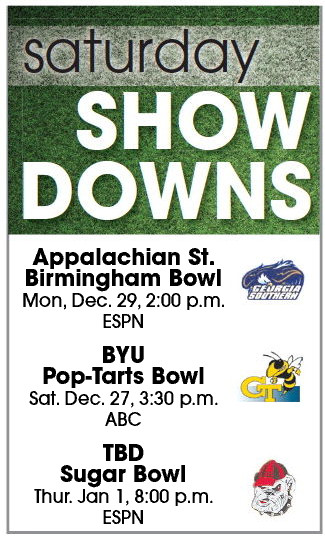Smith
Loran
Orange Bowl
In the Sixties, the Orange Bowl became the preferred holiday attraction for most college football teams except for those in the Pac Ten and the Big Ten. The Rose Bowl annually matched the winners of those conferences at Pasadena, a delightful California garden spot. However, the rest of the teams in those two leagues were not allowed, for a long period of time, to accept other bowl invitations. The Southeastern Conference and other conferences had no such restrictions. With the preponderance of bowl games originating in Southern locales, owing to more favorable weather, you will find many of the bowl records belonging to SEC teams.
Beaches, bikinis, palm trees waving in golden sunshine—what was there not to like about Miami? The Orange Bowl, for a spell, became the best promoters, the best bowl organization.
The passing of time has caused the name and memory of Earnie Seiler to fade away, but anyone with a connection to the Orange Bowl’s past, would be eager to tell you about the man who became known as the “Mad Genius.” He ran the Orange Bowl for nearly a half century and created what many felt was, “The Greatest Show on Earth,” with his parades and halftime extravaganzas.
A vignette from the lore of the Mad Genius had to do with the 1961 halftime show, which featured Nero and the Roman circus. It involved two lions, which had been trained to roar on cue. Without the roar, the show would be a failure. Earnie took no chances. He laid copper wire along the bottom of the cages and attached a battery. When it was time for the lions to roar, Earnie had arranged for two charged wires to connect at just the right time. The lions gave an Academy Award winning roar.
He organized halftime sensations which enhanced ratings and came up with the idea of kicking off the game at night as the Orange Bowl became the last game to be played on New Year’s Day, replacing the Rose Bowl, which had enjoyed that long time status.
Owing to a long-time friendship with John Underwood, a senior editor at Sports Illustrated, I was given the assignment of putting together a book on the Orange Bowl’s first fifty years: Fifty Years on the Fifty. I will always be indebted to Underwood for this opportunity, which took me to several campuses and addresses across the country, researching the past with former players and coaches. continued from page
That, of course, included the three times Georgia played in the game. 1943, 1949 and 1960. Frank Sinkwich held the Orange Bowl record for total offense (365 yards) for years and provided offensive fireworks never seen before by Orange Bowl supporters. He was handy and so were the other Georgia stars.
TCU coach, Dutch Meyer, who was given credit for creating the modern spread formation, died in 1982. Unfortunately, I never had the opportunity to meet up with him with a pad and pen to hear him pontificate on the nuances of the spread. However, there were long interview sessions with Johnny Rodgers of Nebraska in San Diego, J. C. Watts, before he became a political sensation, in Norman, along with a handful of Oklahoma greats including Barry Switzer. Lee Roy Jordan, Alabama; Tommy Nobis, Texas; Ray Perkins, Alabama; LeRoy Selman, Oklahoma, and Bob Pellegrini, Maryland, were generous with their time.
A favorite vignette came when collecting lore from the 1939 game between favored Oklahoma and Tennessee. The Volunteers won 17-0 in a game that “made” the Orange Bowl. At the end of the game, Gen. Robert Neyland, the Volunteer coach, congratulated his team on its success and said that he was “damn well pleased with the result,” and then added, “Be ready for spring practice, Jan. 15th.” Not even Nick Saban and Kirby Smart could get away with that today.
Time spent with Bud Wilkinson, Oklahoma coach who practiced with 13 players on defense (only the team and coaches knew who the “live” players were) to confuse any sneaky eyes, was not only informative, but great fun. Conversations with Frank Howard, Bobby Bowden, Joe Paterno, Tom Osborne, Bob Devaney, Darrell Royal, Lou Holtz and Bill Murray did not quality me for a coordinator’s job anywhere, but I will never forget those conversations which are sprinkled throughout the book on the Orange Bowl’s first fifty years.
Then there was the Sooner’s Tommy McDonald, who gained great incentive to succeed because he was told from grade school in Roy, New Mexico, on to the NFL that he was too small to play. He showed ‘em. In 1963, President John F. Kennedy, a friend of Oklahoma’s Bud Wilkinson spoke to the Sooners before kickoff, which only incensed the Alabama team which was aware of what had taken place. The Tide won, 17-0. Perhaps the most unforgettable vignette resulted from a conversation with Steve Van Buren, LSU’s power running fullback who had a sensational career as a running back for the Philadelphia Eagles. When he wasn’t at practice or games, Van Buren spent all his time at the race track. For years, following retirement from the NFL, he was always at a track somewhere—like every day, year round.
After spending a morning interviewing him at his apartment, I asked a predictable question. If he had his life to live over again, would he live it the same. “Yes,” he grinned without hesitation. “I’d have another lifetime to try to beat the horses.”







